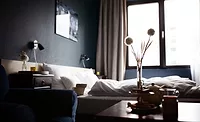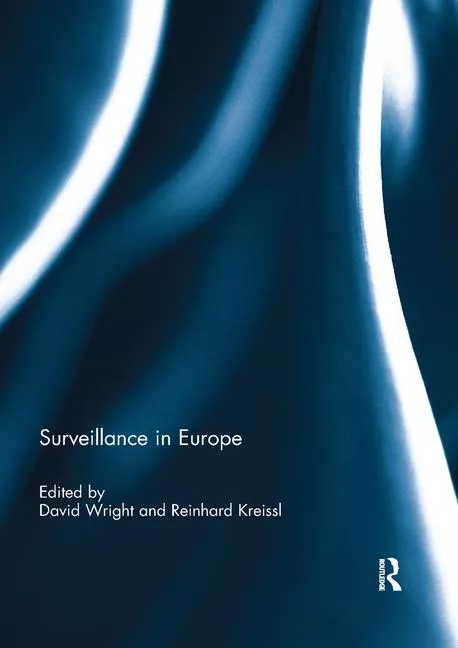Managing occupancy in multi-tenant facilities

Security directors across all sectors have been focused on evaluating existing infrastructures and adapting to new health and safety guidelines. COVID-19 worked as a catalyst for increasing customer demand and interest in visitor and tenant monitoring and management. Beyond simply gaining access to a facility, common areas - such as gyms, office kitchens or conference rooms and laundry spaces - will be considered high-risk for occupancy management, presenting new challenges in promoting social distancing.
With these considerations in mind, facility safety decision-makers should be searching for solutions to help mitigate COVID-19 risks, but at the same time consider long-term, sustainable technology for their customers. These solutions should have a robust number of capabilities, such as touchless and occupancy management features that can be remotely monitored from anywhere. In this article, we’ll discuss how IP-based video intercoms provide valuable perimeter security, while assisting in occupancy management in multi-tenant facilities.
Occupancy management and remote monitoring from any location
Multi-tenant facilities, whether it’s a residential or office complex, can no longer rely on a simple doorbell or even a basic call system to comprise their approach to security. These facilities must now consider implementing a full-service, IP video intercom system that allows users to audibly and visually confirm identity. This capability is increasing in popularity, as building owners seek to follow occupancy limitations. For example, if a single visitor requests access to an office building, or a multi-housing facility, without video there might be 12 additional people entering the building and occupancy might not allow for that number. Additionally, only four of those individuals might have the proper access credentials. Where access control is needed for common spaces, such as laundry facilities, pools or gyms, a main benefit of a video door station is it will allow the operator to see who’s requesting access, before unlocking the door.
Additionally, many multi-tenant facilities, especially those that are commercial in nature, have been forced to decrease the number of onsite staff. In these cases, an intercom system with remote monitoring allows calls to be routed to any location - providing additional support when staffing is low. This eliminates excess in-person interactions between staff, visitors and tenants, as the employee is not required to be onsite to handle requests, such as granting access into a mail room for package deliveries.
Long-term perimeter security
Though intercoms have been a critical part of perimeter security for many years, in today’s current, and post-COVID-19 world, it’s paramount that visitors and staff be thoroughly vetted before entering a facility. In cases where individuals will need to follow health safety procedures before approaching a building entrance, an IP video intercom system can be used in conjunction with new thermographic technology, to only allow entrance after screening an individual’s body temperature. Pairing an intercom with a camera allows for communications between the security team and individuals - which is particularly valuable if the facility needs to visually confirm that a visitor is wearing a face mask.
Additionally, IP intercoms can feature a touchless operating system that can detect motion within a preset range. Such solutions can be integrated with a door to fully automate the process - thus making a truly touchless solution as the individual won’t have to touch a door handle once that person has been granted access to a space.
Long before the pandemic ushered in a new way of navigating the world, the usefulness of a robust intercom system offered myriad benefits to multi-tenant facilities - least among them is decreasing human error and other physical risks. As many facility and security managers can attest, access control cards and other credentials are easily lost or stolen. With a video intercom system facility managers are able to visually confirm the identity of the person requesting access providing heightened security during changing times.
This article originally ran in Security, a twice-monthly security-focused eNewsletter for security end users, brought to you by Security Magazine. Subscribe here.
Looking for a reprint of this article?
From high-res PDFs to custom plaques, order your copy today!







